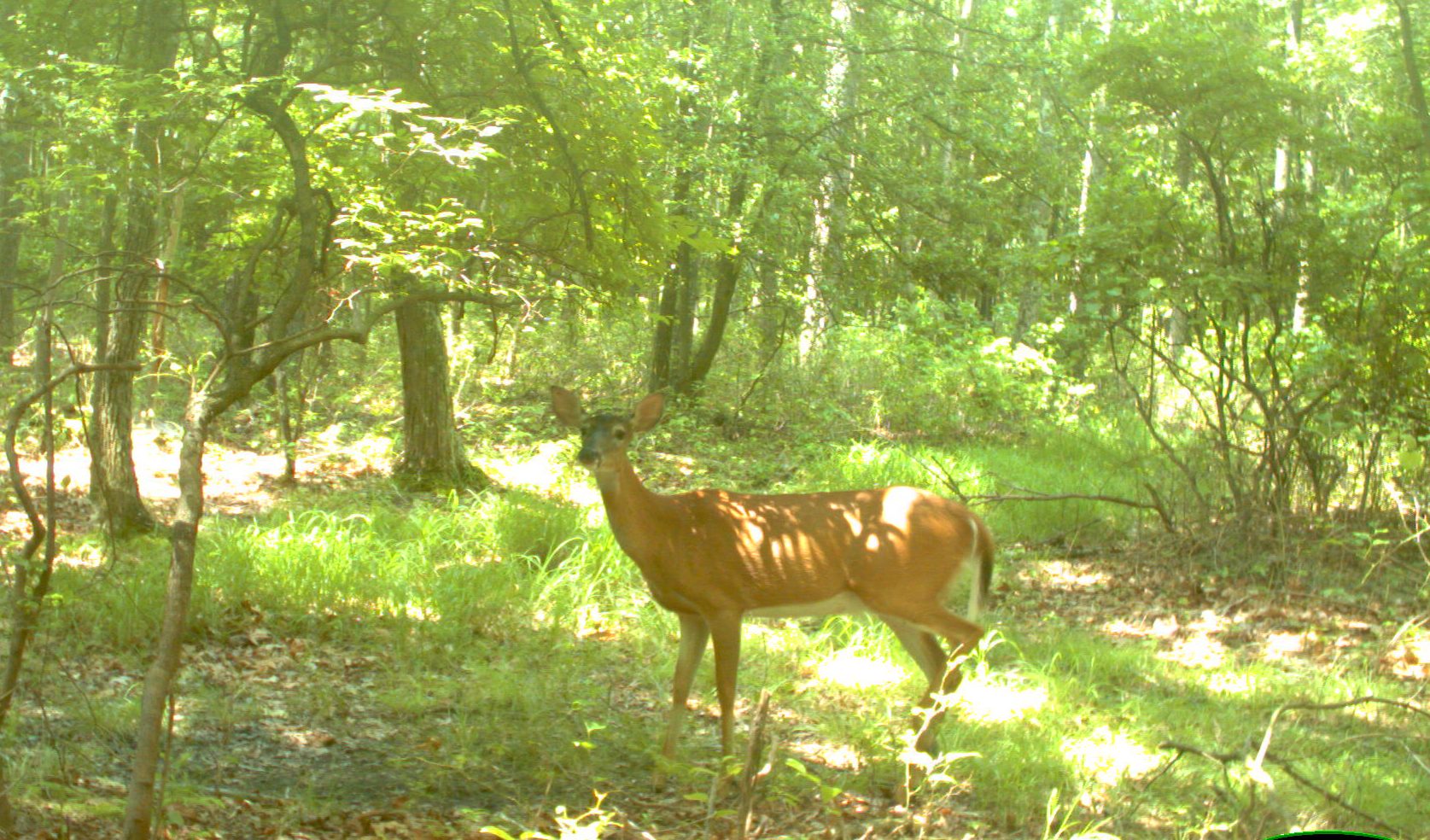An example of how flawed this practice is. We've been trying to kill this cull on our HF place at least 6 or 7 yrs , and he finally slipped up. He's estimated at 13/14 yrs old.
I was shocked to see his teeth in such good shape for a deer that old.


Sent from my SM-N981U using Tapatalk
I was shocked to see his teeth in such good shape for a deer that old.



Sent from my SM-N981U using Tapatalk





Comment